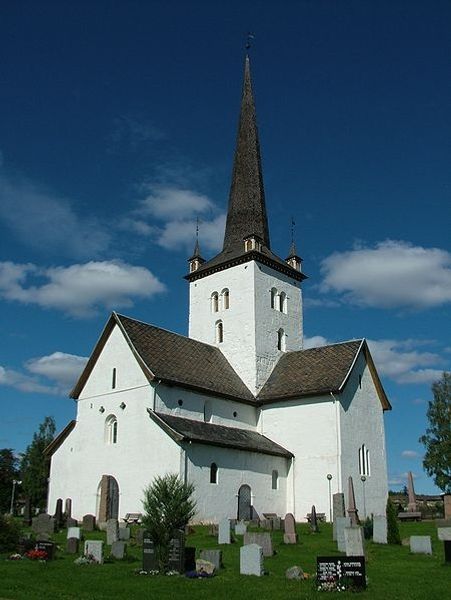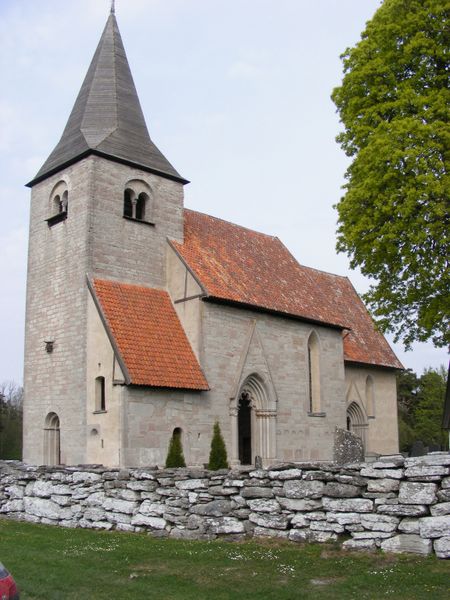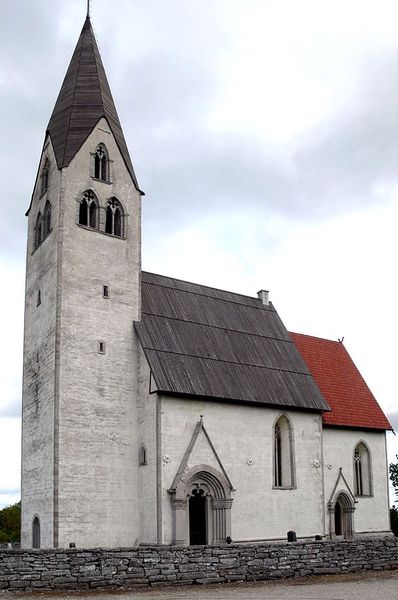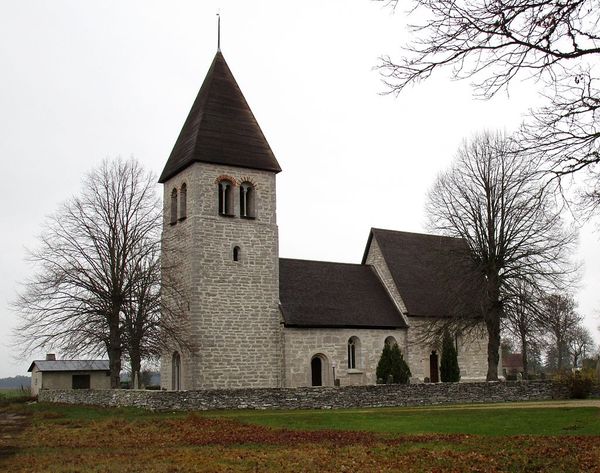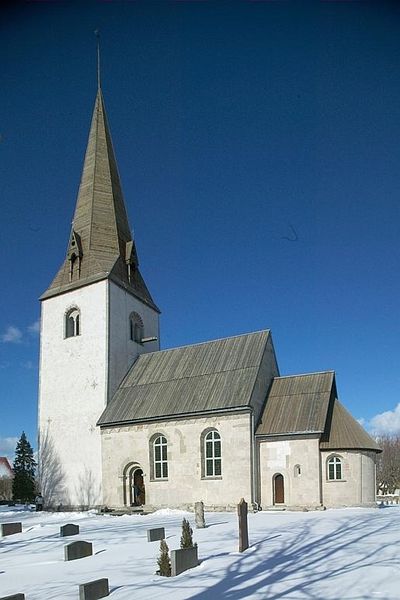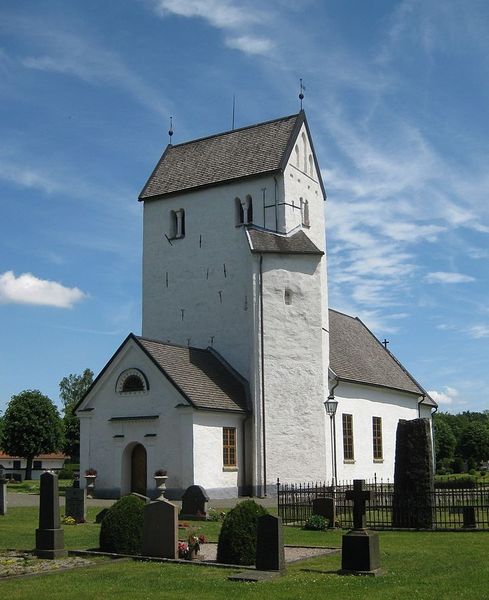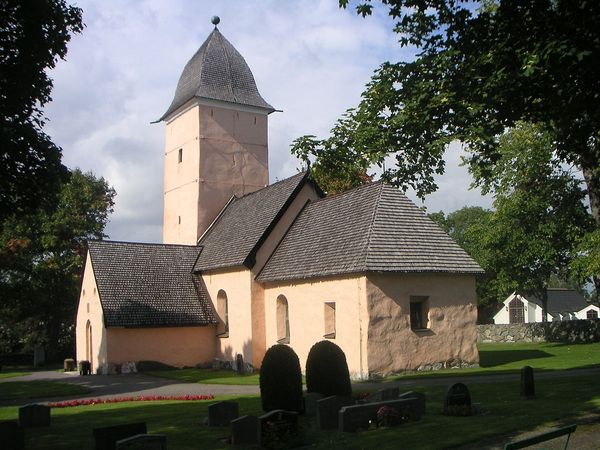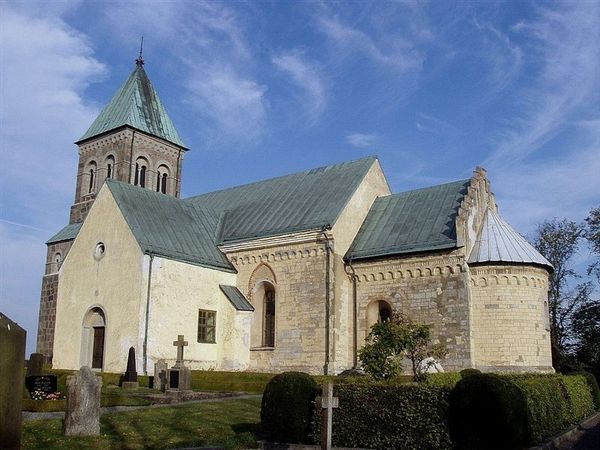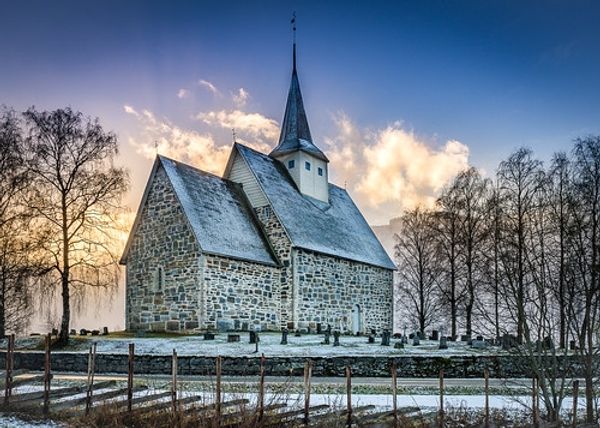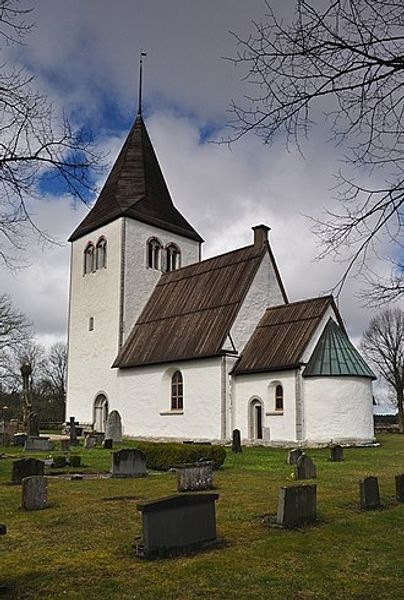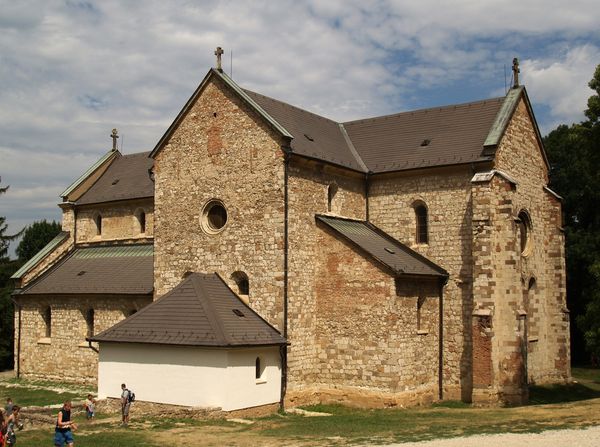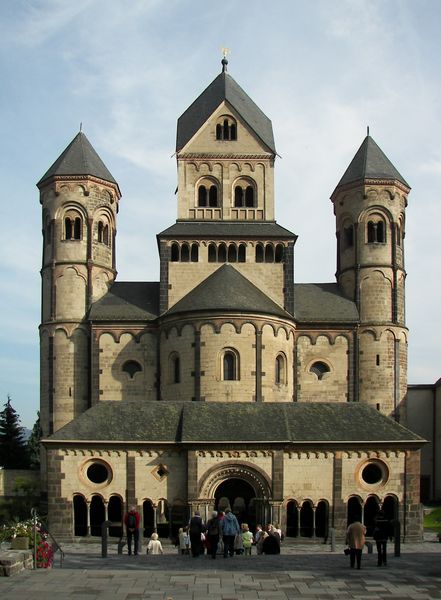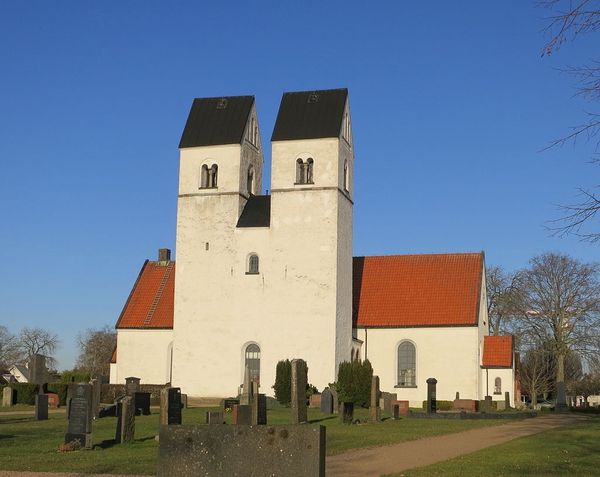
photography, architecture
#
medieval
#
landscape
#
photography
#
romanesque
#
architecture
Copyright: Public domain
Curator: Here we have an image of Anga Church, a fascinating piece of Romanesque architecture, built around 1250, and situated on Gotland Island, Sweden. Editor: Immediately, I notice its sturdy, almost fortress-like appearance, softened by the surrounding landscape and bright daylight. There's a peaceful stoicism to it, a real sense of enduring presence. Curator: Its placement on Gotland is critical. Gotland was a vital trading hub in the medieval period, exposed to numerous influences, as such the church played not only a spiritual role, but also served as an institution reinforcing a complex local identity connected to a vast international network. Editor: I see what you mean, with its solid walls, there's a symbolism in those arched windows, like watchful eyes, yet there is a sense of stability about them, even today, looking as it does, as though a benevolent protector. Curator: Precisely. Churches of this era were social hubs. Constructed with local materials, the buildings’ design and embellishment were deeply embedded in local visual culture and traditions. Furthermore the local parishes usually exercised considerable authority. Editor: And given that it has lasted hundreds of years it feels significant that even now there are markers showing it as a key symbolic structure, rising out above everything surrounding it in Gotland. You still see its design reflected, a little, everywhere. Curator: Absolutely. The church became an ingrained cultural touchstone of Gotland’s unique development. Churches were stages upon which collective identity was shaped and communicated. Editor: It also draws your eyes upward, and this makes me think of how places of worship give human aspiration a physical shape. They offer solace. And the spire itself pierces the sky! It carries a feeling of upward reach, of hope, almost like it represents this village constantly in communion with the skies. Curator: Considering the tumultuous medieval times, the building carries the resilience of communal and institutional spirit, which withstood numerous social changes that followed and can still remind the viewer today of our collective strength. Editor: It really highlights that intersection of faith, community, and place – all manifested in a solid piece of Romanesque design. Something quite compelling.
Comments
No comments
Be the first to comment and join the conversation on the ultimate creative platform.

